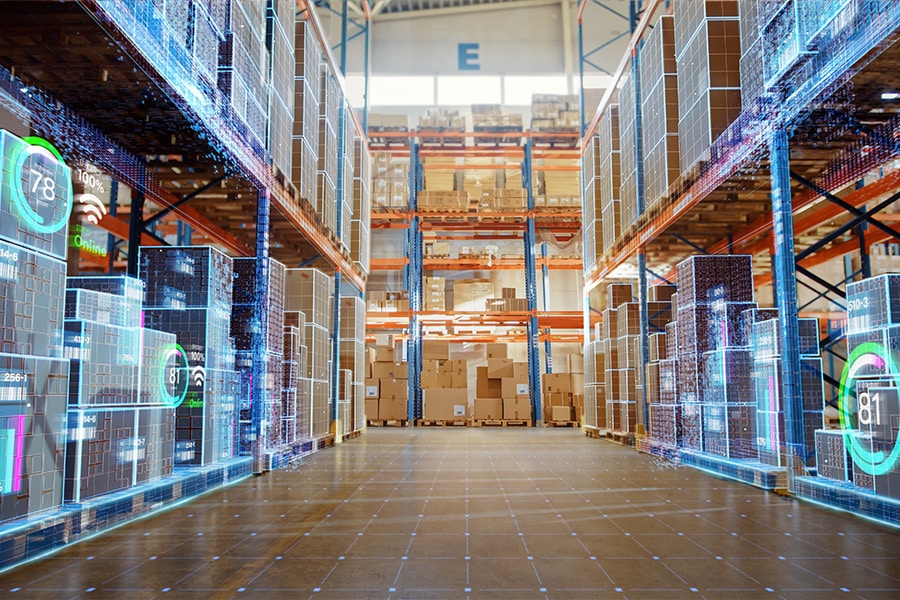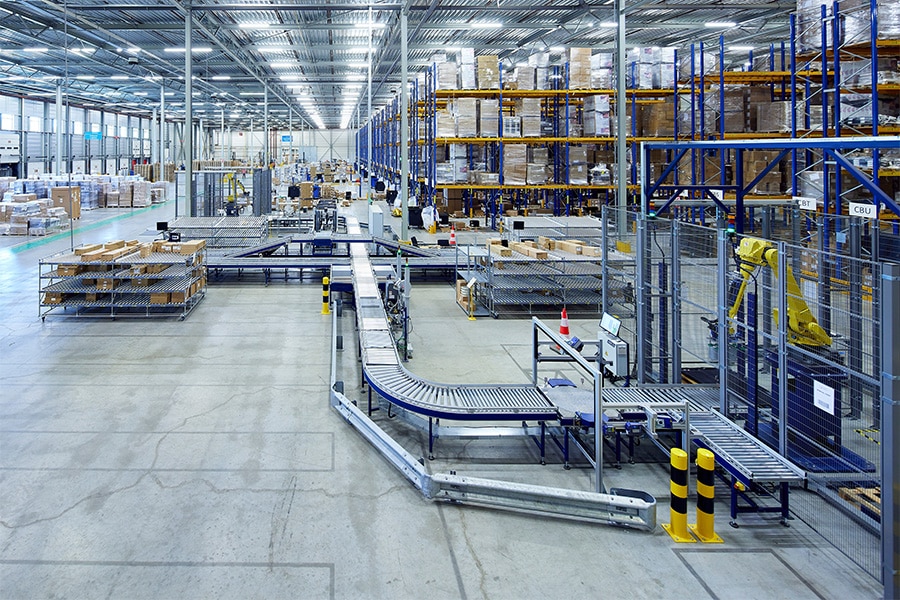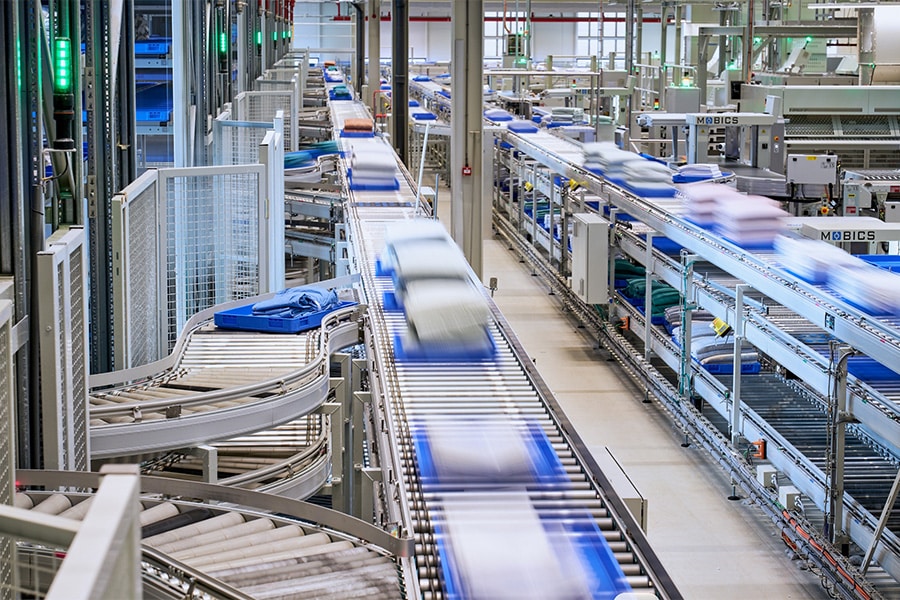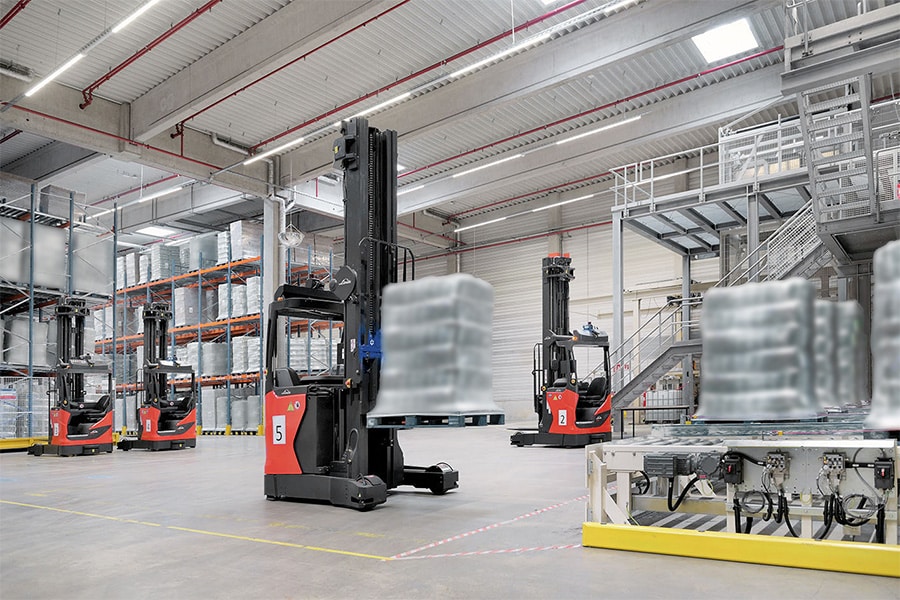
The pitfalls of warehouse automation and how to avoid them
Automation of material handling seems like the logical step for any modern warehouse. Yet in practice it often goes wrong, especially in the first phase of implementation. Many companies see the benefits such as higher productivity, fewer errors and less staff pressure, but underestimate the complexity of change. The result is expensive downtime, systems that do not integrate properly or employees who drop out. Automate without preparation is like driving without a route: you get ahead, but not always toward where you want to be.
The most common mistake is wanting to start too big. Companies suddenly invest in a fully automated system without having processes, data or infrastructure ready. This creates bottlenecks in unexpected places: vehicles blocking each other, software that doesn't connect to existing WMS systems or personnel who don't understand the new workflow.
A second mistake is not creating enough support. Automation changes not only machines but also people. If operators and team leaders are not included in the transition, motivation drops and resistance arises. Finally, maintenance is often forgotten. Smart vehicles equally need scheduled maintenance, updates and monitoring to prevent breakdowns and downtime.
Successful companies often take a different approach. They start small with one or a few autonomous vehicles on a fixed route. This allows processes to be tested, data collected and employees trained without risk to operations. It then scales up incrementally based on proven returns.
Motrac guides companies from analysis to implementation, paying attention to process design, integration with existing systems and employee training. This creates a solution that not only works on paper, but also in daily practice. Automation is not a sprint but a strategy. Those who take a phased approach build sustainable efficiency, not temporary gains.
Heeft u vragen over dit artikel, project of product?
Neem dan rechtstreeks contact op met Motrac Internal Transport.
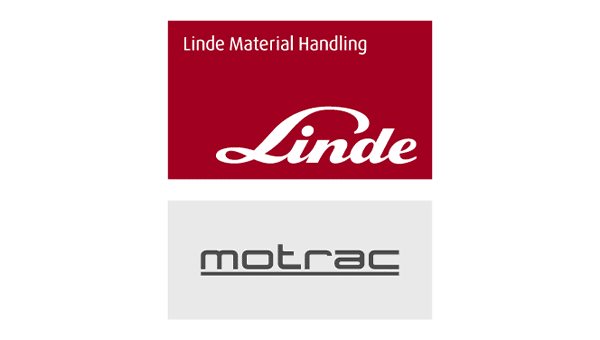 Contact opnemen
Contact opnemen
